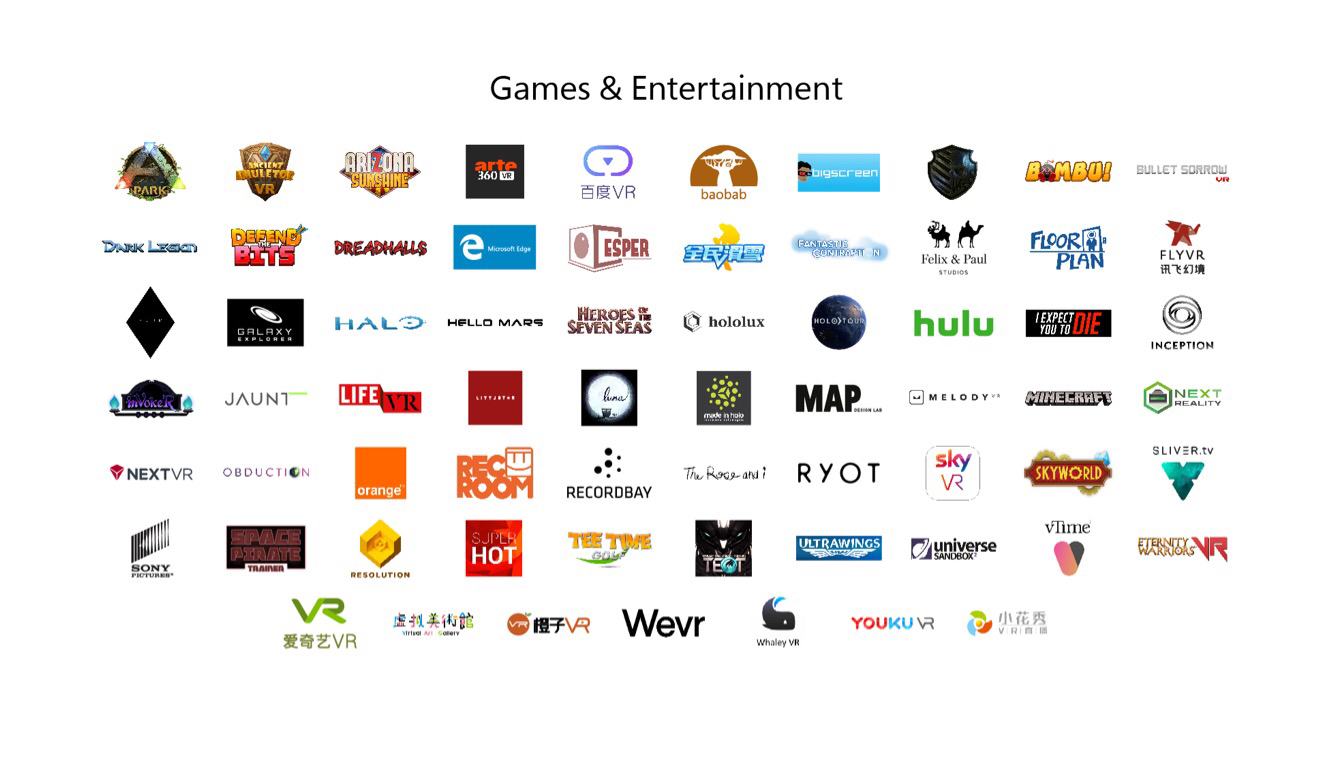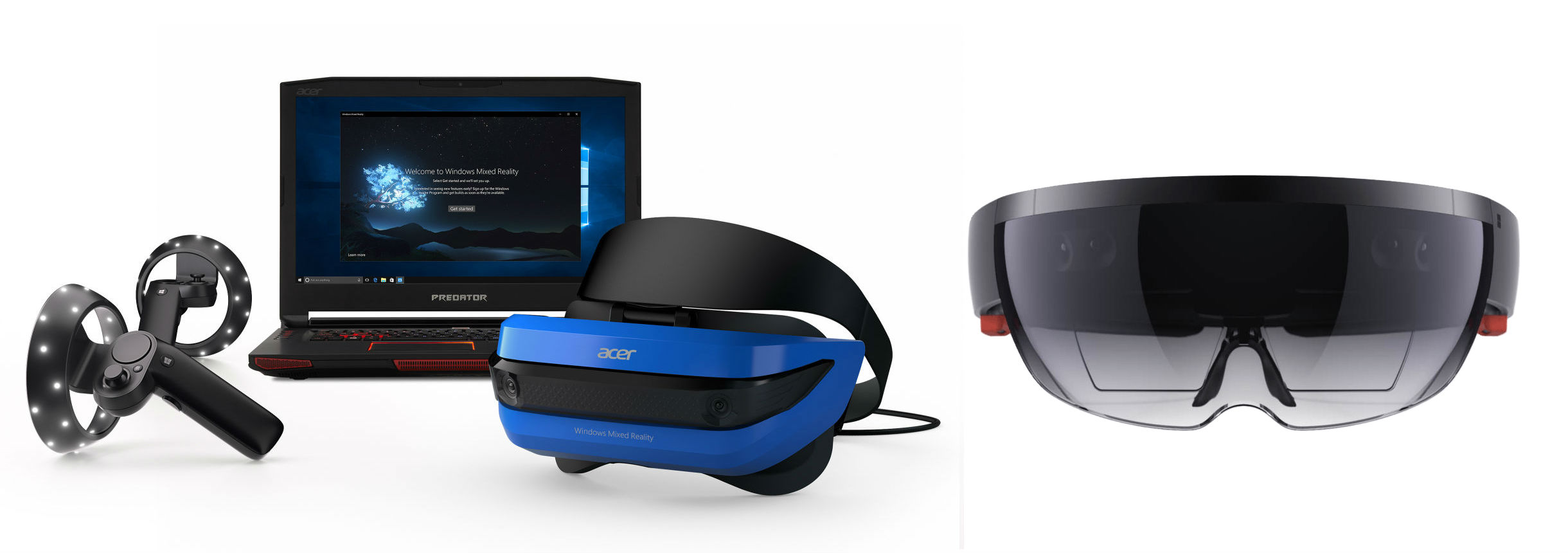Microsoft confirmed today it is working with 343 Industries to bring its epic Halo series to its Windows Mixed Reality platform.
The franchise is one of the biggest in gaming and a major driver of Xbox console sales over the years. Its arrival on Microsoft-backed devices could be a major driver of headset sales, though Microsoft is not providing any additional details about the project, such as its size and scope, if it’s a port of an existing game, a new entry, or something else entirely.
The Halo name appears in the below image that details the first wave of content coming to Windows Mixed Reality.
This seems to confirm that Halo VR is coming, though it needs to be pointed out that this could be referring to a Halo experience on HoloLens. That seems very unlikely given that practically every other app and company on the list is working in VR and HoloLens isn’t yet a consumer product, but it’s still a possibility.
Microsoft hasn’t even clarified whether it is working on the experience as a fully immersive world for VR headsets or for AR devices like HoloLens that insert digital objects into your view of the real world. Microsoft continues to use the term “Mixed Reality” to refer to the entire spectrum of immersive gadgets. While confusing now with very different VR and AR devices on the market, Microsoft claims to use the language as forward-looking terminology for when a single gadget can span both types of experiences.
Microsoft’s “Mixed Reality” spectrum spans a range of devices from the Acer VR headset and hand controllers (shown left, priced around $400) which hook up to a PC (starting around $500) to operate, all the way up to the standalone HoloLens AR headset (shown right) which costs $3,000 as a development kit. As technology evolves, AR devices are likely to come down in price and become more immersive while VR gadgets become standalone. Depending how long Halo is in development, it might be targeted for a future device that sits somewhere else on the spectrum.
The term “Mixed Reality” used in the context of this Halo announcement, with little more known, means there are a great number of potential ways the Halo franchise might be realized ranging from putting you inside Master Chief’s helmet for fast-paced multiplayer to something, well, not quite as dream-fulfilling. Microsoft uses the artificial intelligence character Cortana from the games as the name of its voice assistant. Cortana might ultimately become important to Microsoft’s immersive platform over time, and more than two years ago the company used HoloLens for a Halo marketing AR experience.
But the hope of gamers, of course, will be that Microsoft and 343 realize a more substantial gaming experience in VR. The Halo franchise is best known for its fast-paced first-person shooters but also expanded out to real-time strategy with Halo Wars. The latter might be a more comfortable fit for VR, but other developers are exploring a variety of options to bring well-known titles to VR. Bethesda is porting some of its biggest first-person titles like Doom, Fallout and Skyrim to VR while Valve offers a VR spectator mode for its popular Dota 2 battle arena game.
Of course, 343 and Microsoft could be working on something completely fresh for immersive headsets. Whatever the companies are cooking up, we hope for more details to emerge soon.


























